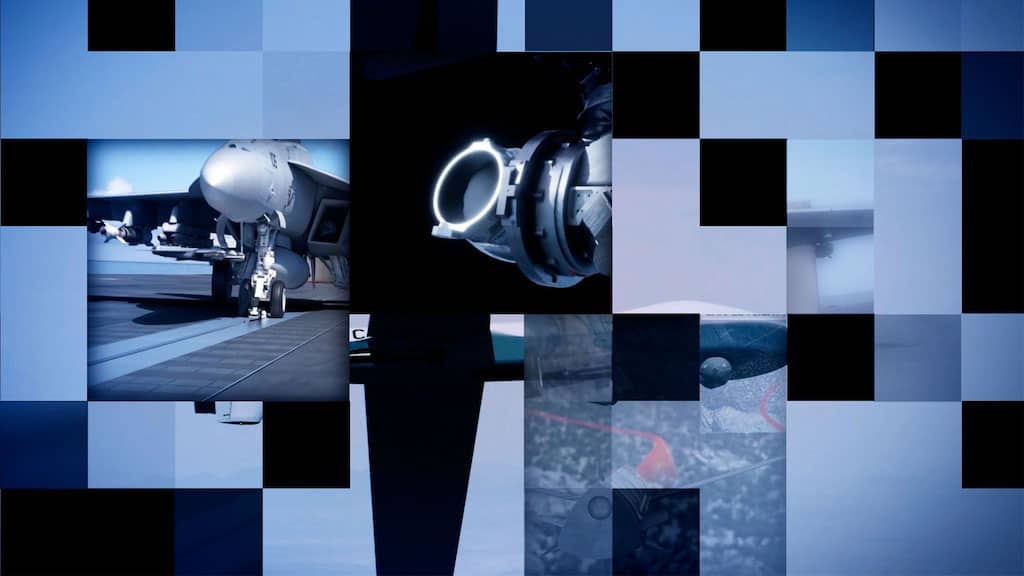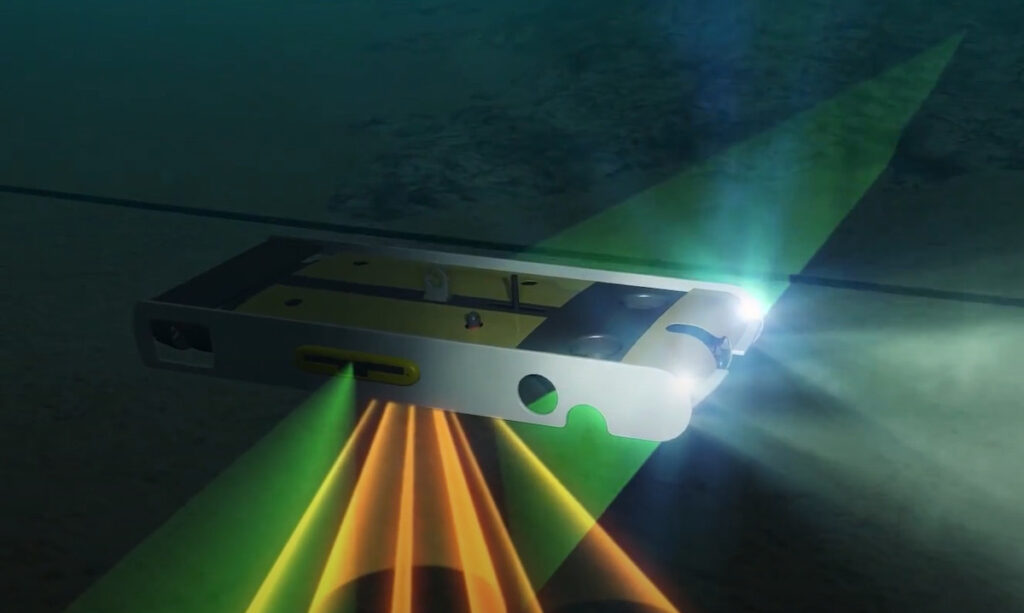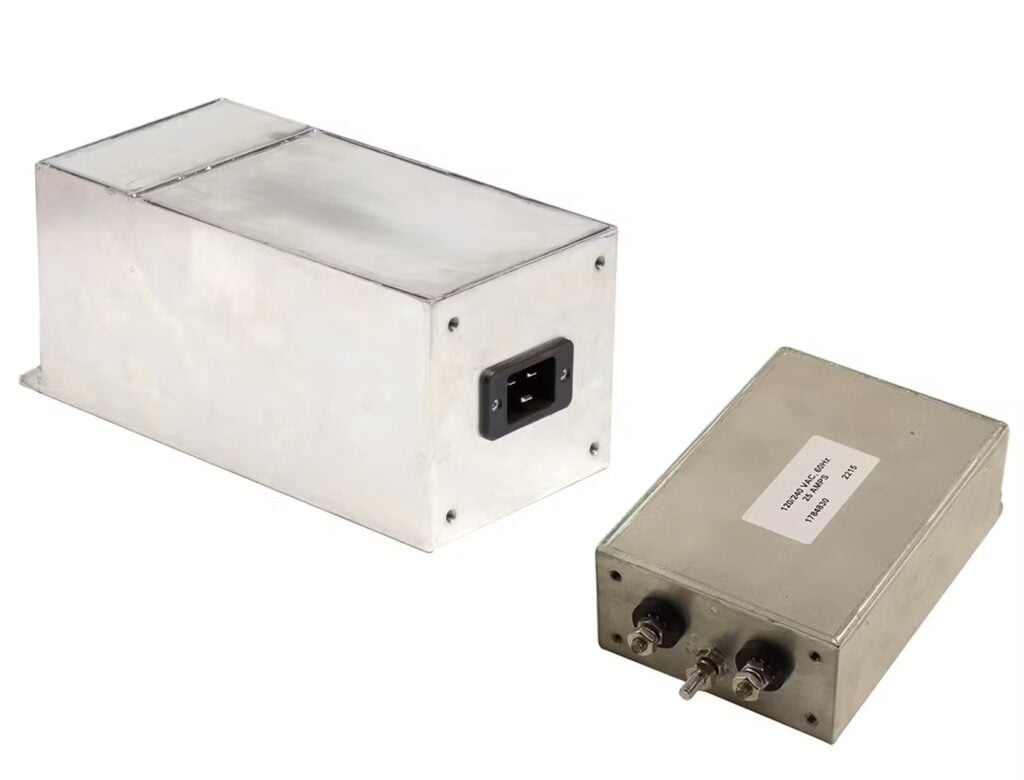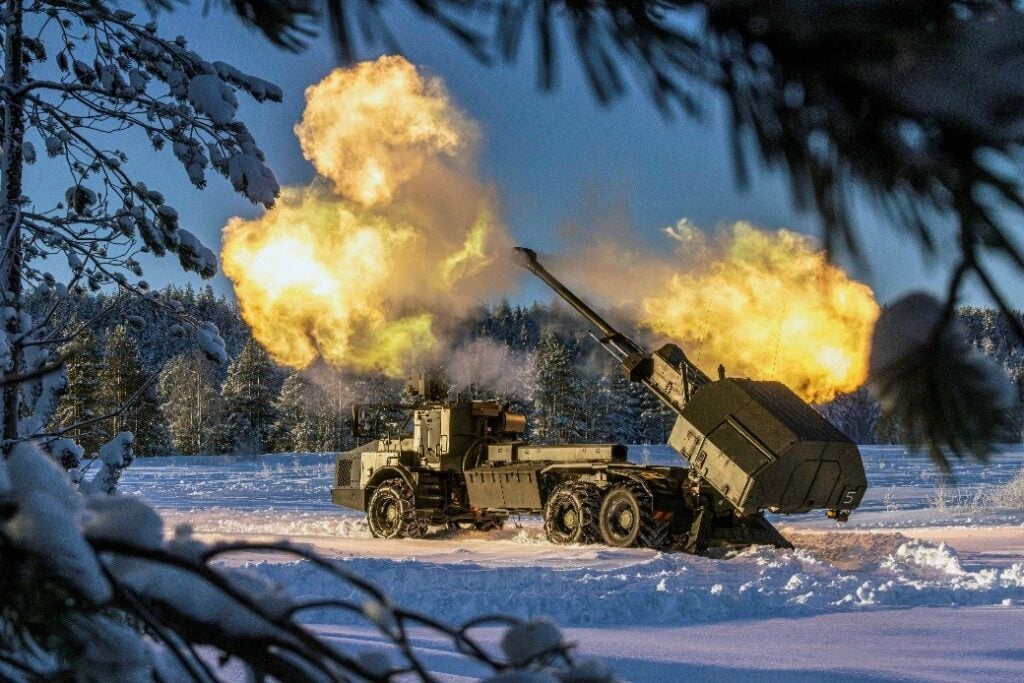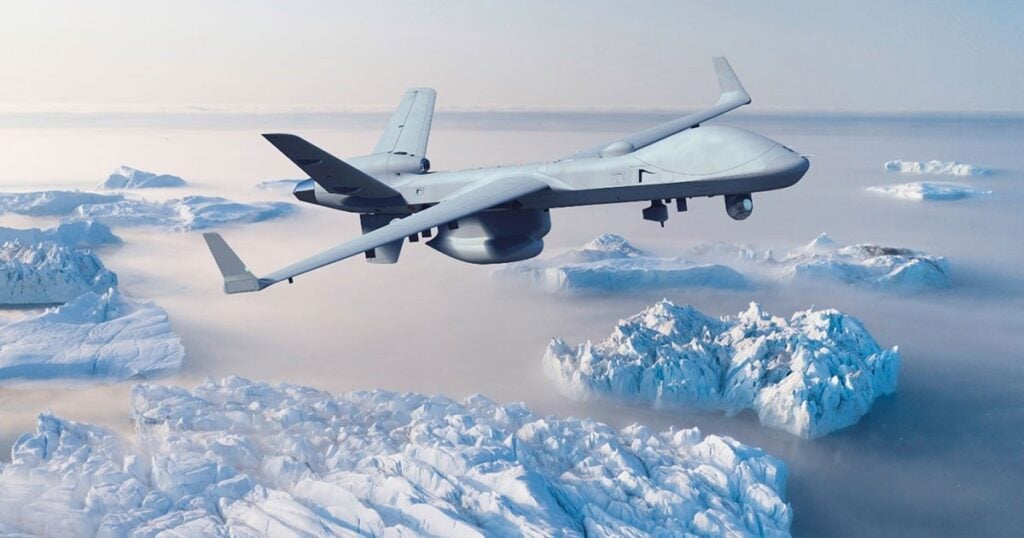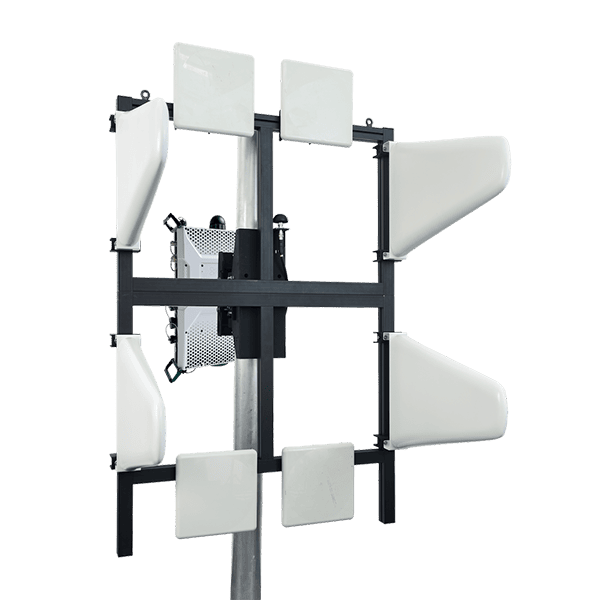
CUAS
Discover cutting-edge solutions from 8 leading global suppliers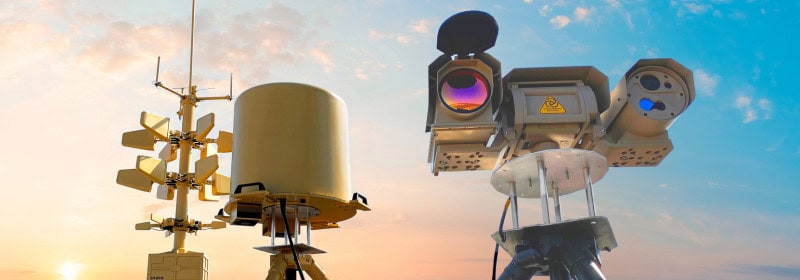
Indra has demonstrated the ability of its Crow anti-drone system to interoperate with all kinds of systems and adapt to each mission and type of attack during the Anti-Drone Interoperability Exercises (TIE24) organized by the NATO Communications and Information Agency (NCIA).
The Crow systems could respond to a range of attack types, including those in which swarms of drones modified to resist countermeasures are used.
Given the wide range of settings and different types of drones in existence, the most advanced armies are searching for anti-drone systems that can adapt to each specific mission and scenario in a flexible manner.
With this premise in mind, Crow’s command and control system demonstrated its ability to integrate with 27 sensors and effectors made by different manufacturers in Europe during these exercises, the most important ones organized by NATO held in September in the Netherlands.
The system used the new NATO interoperability standard (C-UAS AEDP-4869), previously known as SAPIENT, which can integrate all kinds of technologies in an extremely simple way, almost as if it were a plug and play device.
Indra took part in it during the “blind” exercises, known as the Performance Challenge, with which NATO sought to validate the new interoperability standard that should ensure that the technologies of the allied countries can be combined to constantly guarantee the most advanced anti-drone solution.
Another important benefit of Indra’s system is its high degree of usability. In fact, Crow was used by military operators who had no previous training in operating it without any problems arising.
During the exercises, Indra also tried out its new radio frequency sensor as part of the specific tests carried out by the study group of the Unmanned Aerial Systems Detection and Classification by Radio Frequency (NATO SET-204) project. This system also used the new NATO interoperability standard to integrate with other command and control systems.
This is the latest sensor to be incorporated into Indra’s existing range of systems, which include state-of-the-art radars, electro-optical systems, radio frequency systems and jammers (systems that interfere with signals).
The Spanish Air Force has used Indra’s Crow system during real missions, including the one carried out in Mali. Other State Security Forces and Corps have employed it to protect the airspace at major international conventions and events.
Juan López Campos, Indra’s head of the solution, explained that, “Crow’s command and control system provides each army with complete freedom to configure the system to best meet its needs.
“The solution is capable of operating in combination with the command and control systems of other allied countries, while it can also be integrated into the future combat cloud.”












